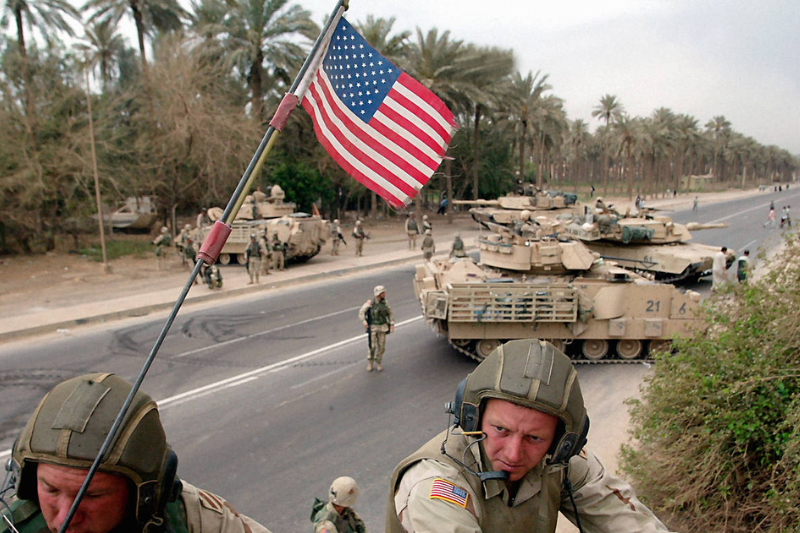
Why the US Falls Behind in Modern-Day War
The 2021 withdrawal of American forces from Afghanistan reflects many will agree that the US is not ready for modern-day war. The costs have been extraordinary, and failure humongous. The United States failed to eliminate al-Qaeda, pulverize the Taliban movement, build Afghan forces, help the Afghan government and civilians, and win their trust.
It cost Washington 20 years and nearly $150 billion, as well as the lives of over 20,000 US troops. The US unsuccessfully fought two long-running, low intensity wars in Iraq and Afghanistan. As such, the Interim National Security Strategic Guidance said the US will no longer engage in “forever wars”. But the ongoing war in Ukraine against Russia can potentially overturn this.
Cathal Nolan, Director of the International History Institute at the Pardee School of Global Studies, believes wars between peers or near-peers almost always become bloody contests of attrition. He wrote in The Allure of Battle: A History of How Wars Have Been Won and Lost that modern industrial and mobilization realities have helped bring about wars. Mass death and destruction on scales hardly been foreseen at their offset, and becomes the ultimate means of reaching a lasting decision in quarrels among nations and empires.
Leave War-Winning to US Military
Nolan said it requires a different mindset. The Russia-Ukraine war highlights the importance of having competent soldiers, sailors, and marines. This is US’s great strengths, but experts say it’s more important how a country fights than what it fights. They believe the Pentagon should be more restrained in how it deploys precision weaponry.
Keep Reading
Seth Cropsey, President of Yorktown Institute, writes the American military can win a conventional victory, but struggles to turn it into a long-term political settlement. He said winning peace is as crucial as winning the war and the US learned the same in Iraq and Afghanistan. The government, policy makers and observers should leave war-winning, war-fighting to the military. Cropsey said American tactical excellence is unimpeachable, as for its military strategy, technology and force structure which are well optimized for any conflict.
He pointed out that the American general and flag officers are capable of conducting immensely complex campaigns. But politics demands the military to engage in occupation and civil administration. Politicians don’t recognize the difference between peace and war, such as Somalia and Kosovo interventions, or in Iraq and Afghanistan.
It’s all about US Politics
At the end of the day, warfare is political. There is no fine red line dividing the purview of the political official and that of the military officer. Cropsey says the armed services allowed historical contingency to substitute for a hard look at strategic and operational reality. He explained the through-line in modern military history is primarily one of scale – there are hundreds of thousands, or millions of forces fighting over thousands of square miles. It involves artillery, subsurface assets, and space-based platforms as well.




